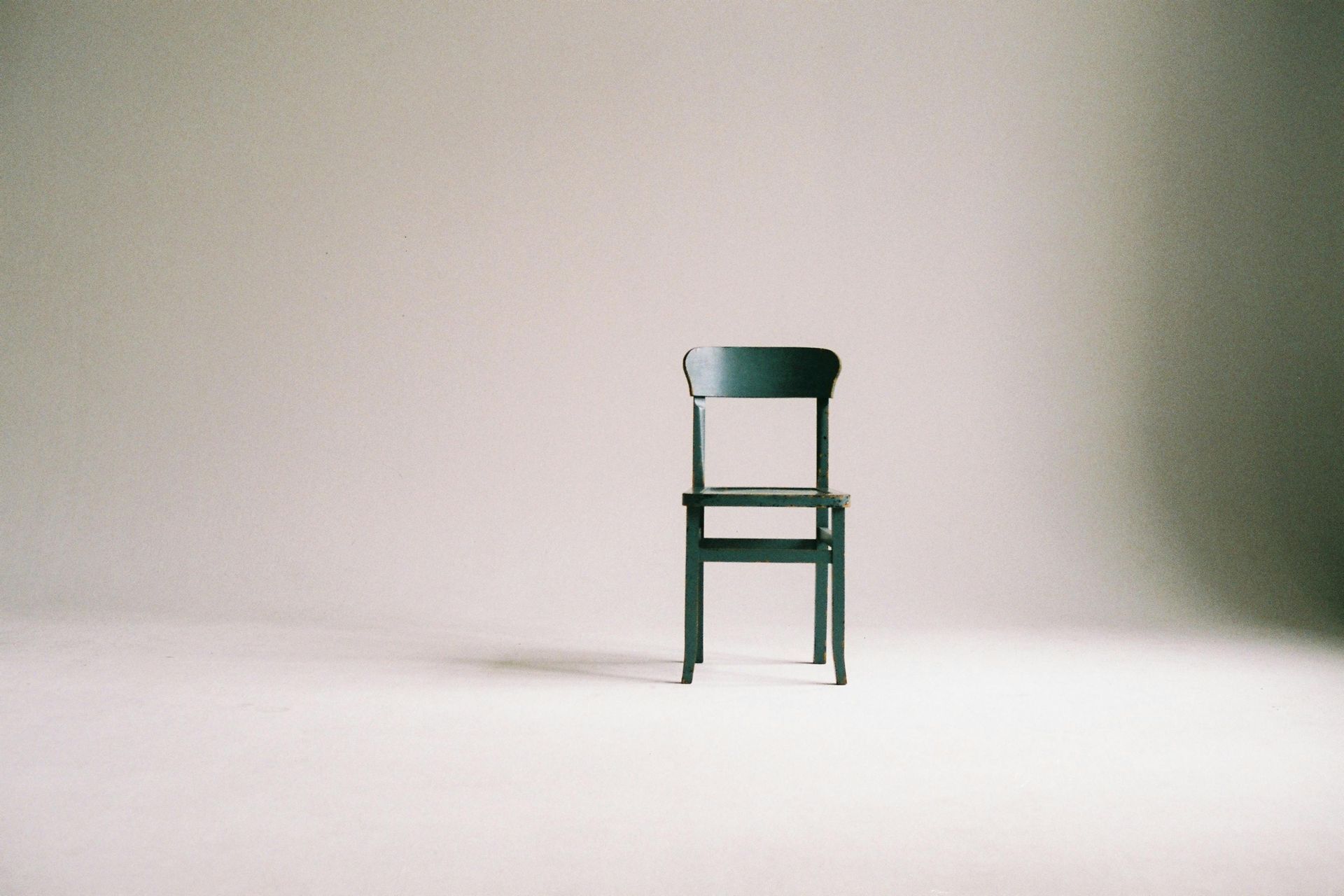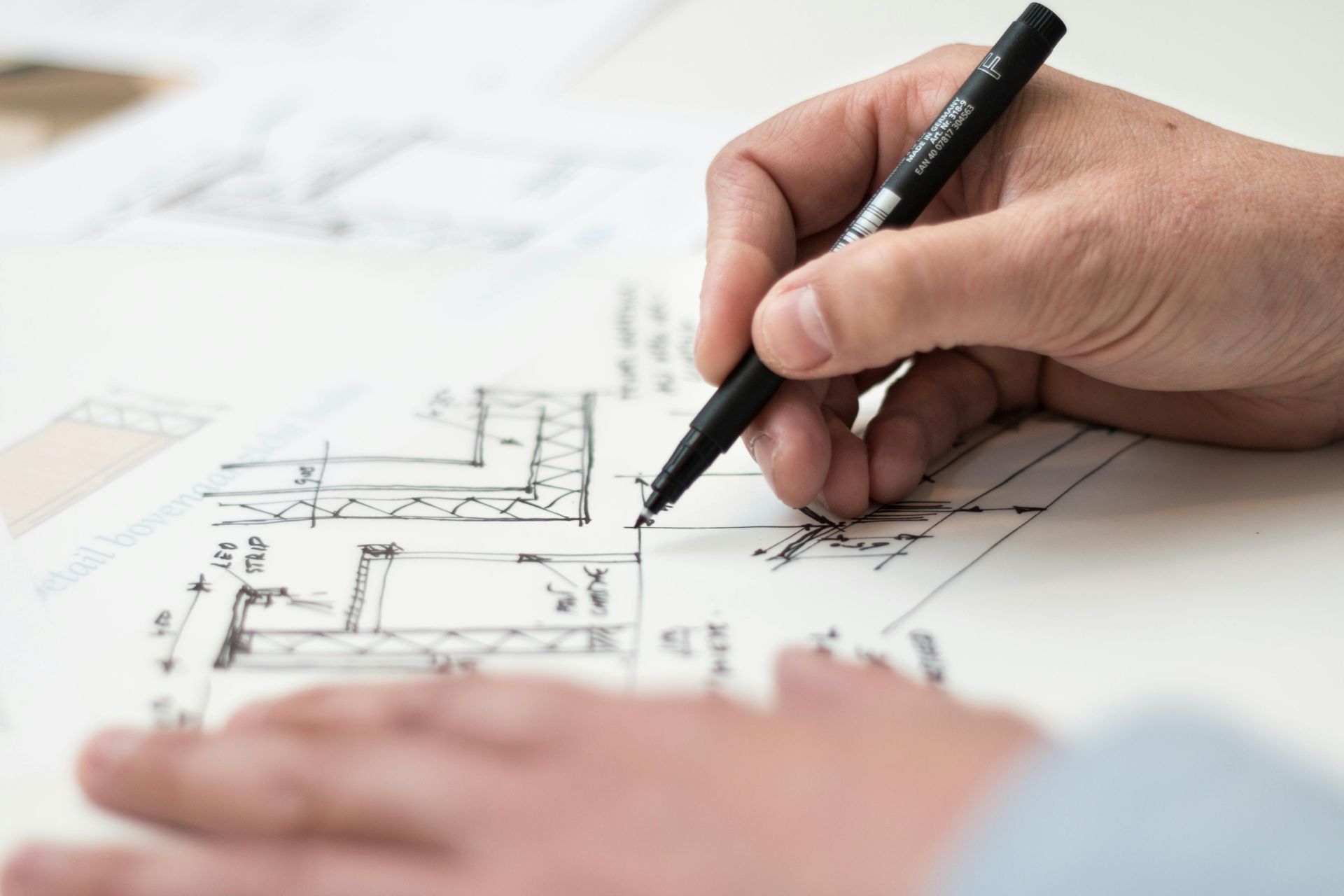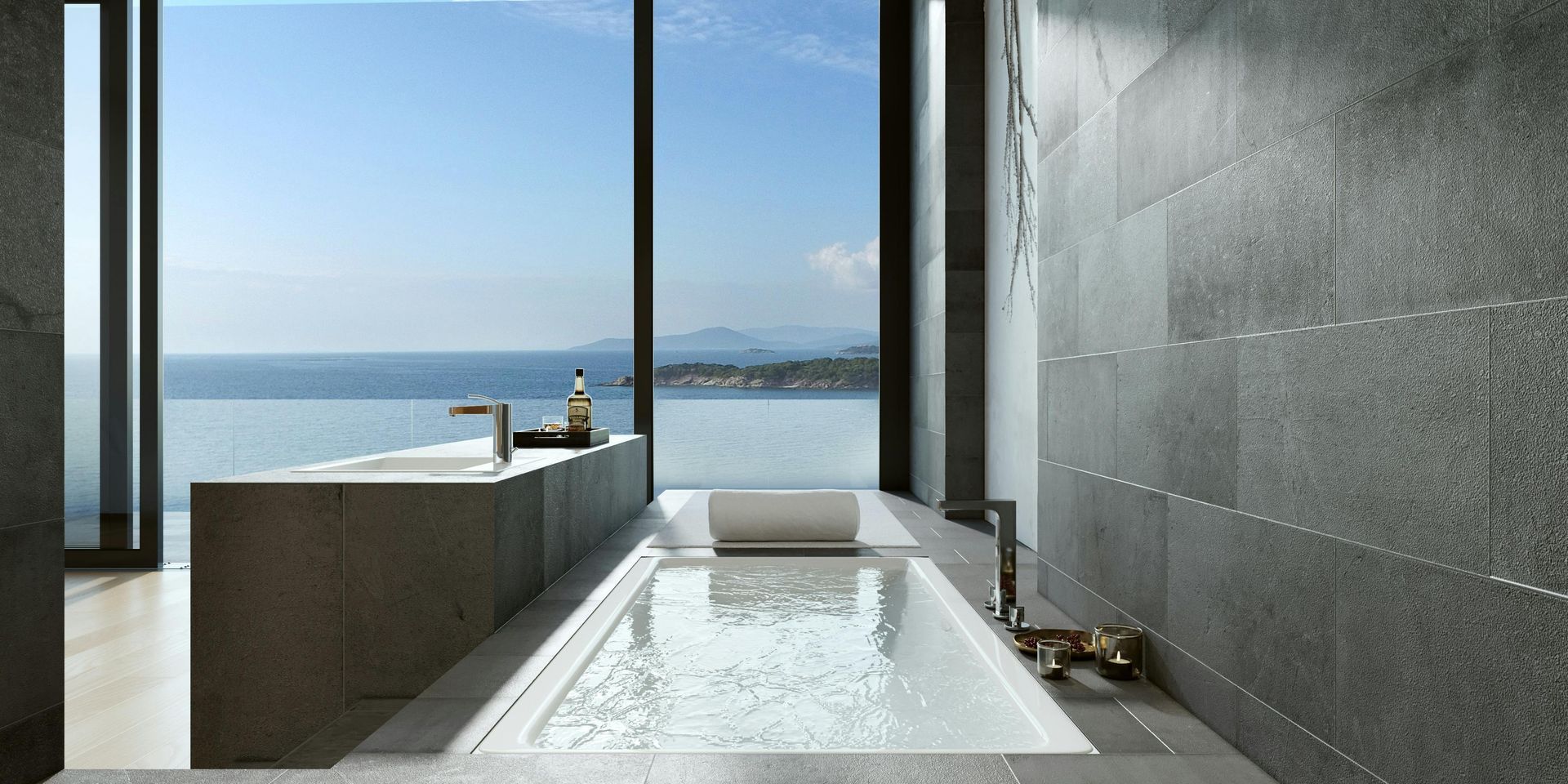Quiet Luxury & Multifunctional Spaces: Hospitality Trends Designers Should Know
Hospitality design is evolving rapidly, driven by changing guest expectations and cultural shifts. Recent trends point toward quiet luxury, fluid multifunctional spaces, and wellness features integrated into rooms. Understanding these directions helps designers create relevant and enduring environments.
The Rise of Quiet Luxury
Quiet luxury emphasizes quality materials, refined finishes, and understated elegance. Rather than flashy opulence, it focuses on craftsmanship, comfort, and authenticity. Guests appreciate details like hand‑stitched leather, natural stone, and soft lighting that feel exclusive without being ostentatious. This approach appeals to travelers seeking sophistication and calm.
Multifunctional Social Hubs
Traditional lobbies are being reimagined as social hubs that serve multiple purposes throughout the day. Morning coffee bars transform into co‑working spaces, then into evening lounges. This adaptability allows hotels to serve more guests in the same footprint and encourages community. Movable furniture, flexible lighting, and integrated technology enable quick transitions.
Wellness Comes to the Guestroom
Wellness amenities once confined to spas are moving into private rooms. Think in‑room yoga mats, light therapy, meditation guides, and hydration stations. Even small additions—such as adjustable circadian lighting or sound machines—can enhance rest. Health‑conscious travelers appreciate being able to maintain routines while on the road.
Accessible Luxury for Families
Upscale experiences are no longer limited to adults‑only resorts. Families are seeking premium accommodations with kid‑friendly features like game nooks, multipurpose storage, and durable yet stylish finishes. Designers can create spaces that balance playfulness with sophistication, allowing parents to relax while children feel welcome.
Actionable Design Moves
To incorporate these trends into your projects:
- Choose tactile materials: Use natural woods, linens, and metals that age gracefully. Avoid overly synthetic finishes.
- Plan flexible layouts: Design lobbies and lounges with movable partitions, varied seating heights, and modular furniture.
- Integrate wellness features: Consider air purification, biophilic elements like plants or water features, and amenities that encourage movement and mindfulness.
- Select warm palettes: Earthy tones and layered textures create calm, luxurious atmospheres.
- Blend privacy and community: Offer secluded corners alongside communal tables, giving guests options.
Stay Ahead of Hospitality Trends
By embracing quiet luxury and multifunctional spaces, you can create environments that resonate with modern travelers. At Creo, we stay on top of emerging design trends and translate them into detailed drawings and specifications. If you’re ready to incorporate these ideas into your hospitality projects but need support with production work, we’re here to help.




